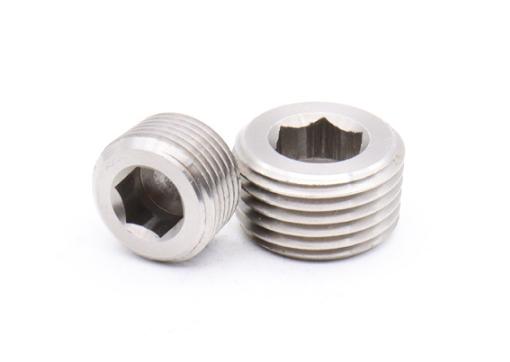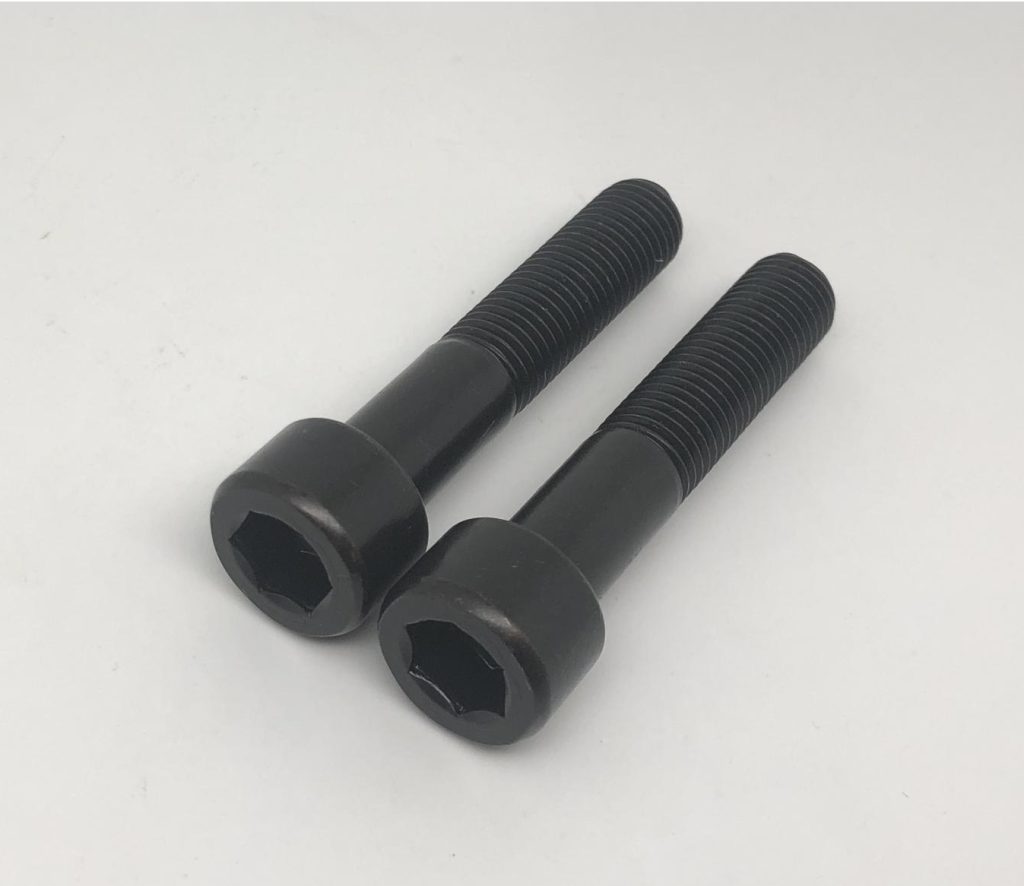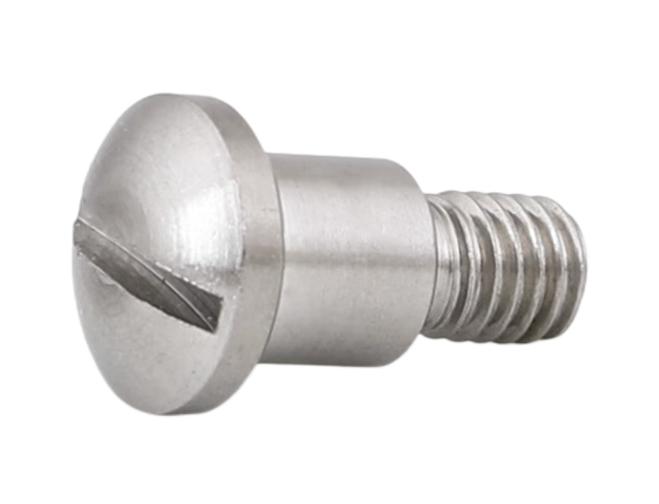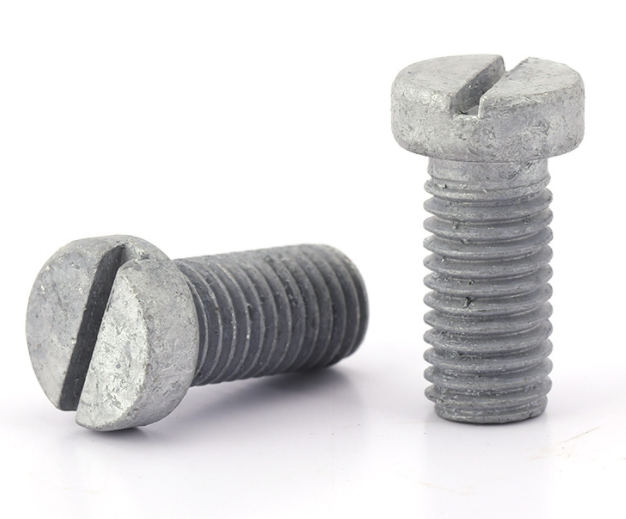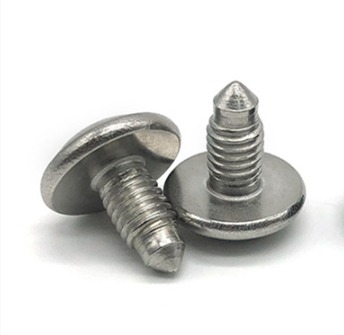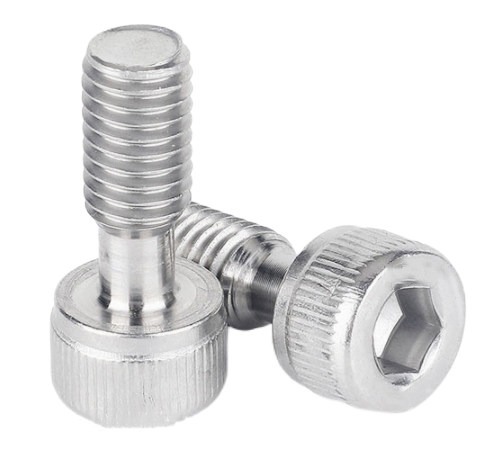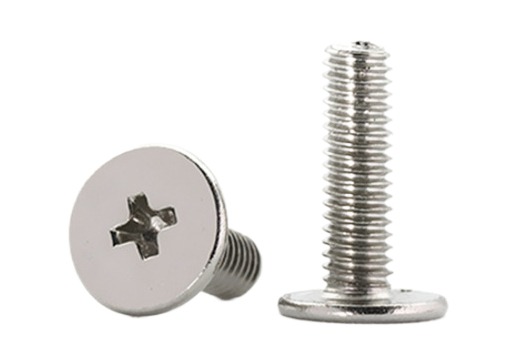What is Countersinking a Screw?
Countersinking is a fundamental method used in woodworking, construction, and DIY projects to improve the appearance and functionality of screws. Countersinking is the process of making a tapering depression or cavity at the top of a drilled hole to accommodate the screw head, allowing it to sit flush or below the material’s surface. This not only improves the finished project’s cosmetic attractiveness but also eliminates any potential risks or snags created by exposed screw heads. In this article, we will focus on the topic of what it means to countersink a screw, from the aspects of its importance, and how to accomplish this technique effectively.
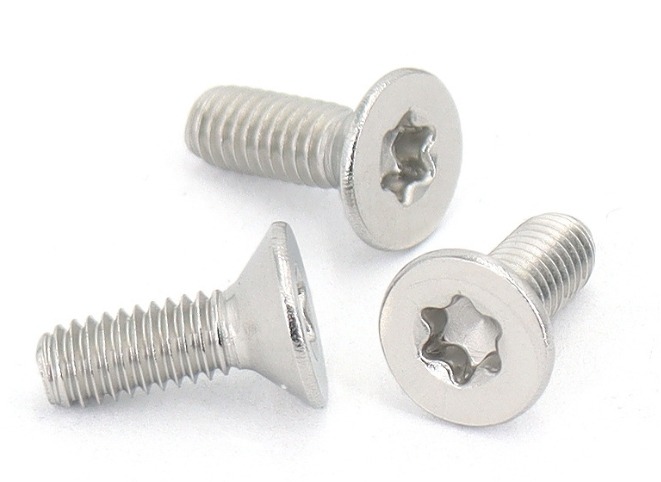
Why Countersinking a Screw is Important?
Countersinking a screw is an important method in many projects because it provides a variety of benefits that contribute to increased usefulness, aesthetics, and safety.
Flush and Neat Appearance
Countersinking allows the screw head to sit flush or below the material’s surface. As a result, the screw is nearly undetectable, giving the project a clean and crisp appearance. Countersunk screws help to a smooth and professional finish on furniture, cabinetry, and other woodwork.
Preventing Splintering and Splitting
When screws are pushed directly into wood without countersinking, the material is more likely to splinter or fracture, especially in softwoods. Countersinking is the process of creating a pre-drilled cavity that guides the screw gently into the material, limiting the possibility of damage and providing a secure connection.
Enhancing Stability
Countersunk screws form a flush and secure connection between materials. Because the screw head sits below the surface, it does not interfere with surrounding materials, enhancing stability and preventing misalignment. This is particularly crucial in load-bearing structures and applications where structural integrity is essential.
Safety and Comfort
Exposed screw heads can be dangerous, especially in situations where they come into touch with skin or clothes. Countersinking removes projecting screw heads, which prevents snagging, scrapes, and injury.
Professional Finish
Countersinking adds a professional touch to woodworking and construction projects. Concealed screws give the appearance of superior craftsmanship and attention to detail. This is especially crucial in projects where aesthetics and quality are important considerations.
Paint and Finish
Countersinking enables a smooth and even surface finish on the material. Screws that are flush with or below the surface of the material will not interfere with the application of paint, stain, or other finishes, resulting in an even and faultless coating.
Preventing Corrosion
A countersunk self-taping screw can also aid to keep the screw heads from corroding or rusting. Screw heads are more prone to corrosion when exposed to the environment or moisture, which can weaken the connection over time.
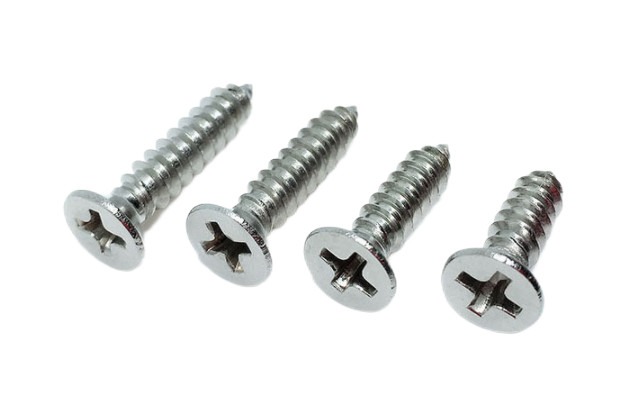
What are the Common Methods of Countersinking a Screw?
Countersinking protects the screw heads and increases the project’s lifetime. Depending on the equipment and materials available, there are several ways to countersink a screw. Each method’s purpose is to produce a recess or tapered cavity at the top of a drilled hole to accept the screw head.
Countersinking Drill Bit
Using a countersink drill bit is the most popular and straightforward way of countersinking a screw. This type of drill bit has a conical form with flutes that allow it to cut into the material. When a countersink drill bit is coupled to a power drill, it simultaneously drills a pilot hole for the screw and forms a tapered recess to accommodate the screw head as it turns. You can manage the depth of the countersink by altering the depth of the drill bit, ensuring that the screw head lies flush or slightly below the material’s surface.
Countersinking Cutter
A countersink cutter is utilized for larger projects or applications that require precise and customizable countersinking. Countersink cutters include a separate cutting head that can be changed to provide different depths and angles of recess. These cutters are available in a variety of diameters to meet various screw sizes and angles, allowing for greater countersinking adaptability.
Countersinking Bits
Countersink bits are used in metalworking applications to make recesses for flathead screws or to deburr holes in metal surfaces. Countersink bits are specifically intended for metals and have a shallower angle than regular wood countersink bits.
Manual Countersinking Tools
Manual countersink tools are available for small-scale or manual operations. These tools are portable and come in a variety of designs, such as single-flute or multi-flute countersinks. Manual countersink tools are often used for finer and more delicate work where precision is crucial.
Combined Drill and Countersink Sets
Some drill bit sets include both drill and countersink bits. The ease of having both drilling and countersinking capabilities in a single tool is provided by these sets. These combination sets are particularly beneficial for fast and effective countersinking in a variety of projects.
Chamfer Bits
Chamfer bits are used in woodworking to form a beveled edge around the rim of a drilled hole, thus serving as a countersink. While chamfer bits are not primarily designed for countersinking screws, they can be useful in some cases.
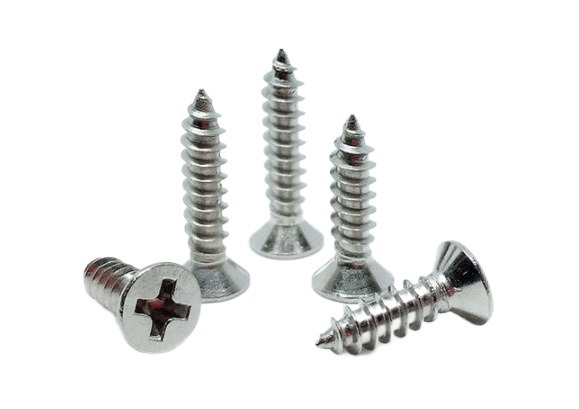
Summary
Countersinking a screw is an important method in woodworking, construction, and home improvement projects. Countersinking improves aesthetics, prevents splintering, increases stability, and provides a professional finish to the finished product by creating a recess for the screw head. Incorporating this approach into your work, whether utilizing specialized countersink drill bits, countersink cutters, or countersink bits, offers a neater and more refined result.

